On Friday, Louisville received was awarded the dishonorable distinction as the city with the nation’s worst “parking crater,” a term for a vast area of surface level parking lots that deaden city block after city block. Streetsblog readers voted Louisville the winner of the “Golden Crater” trophy for a collection of parking lots in the SoBro neighborhood just south of Downtown Louisville below Broadway.
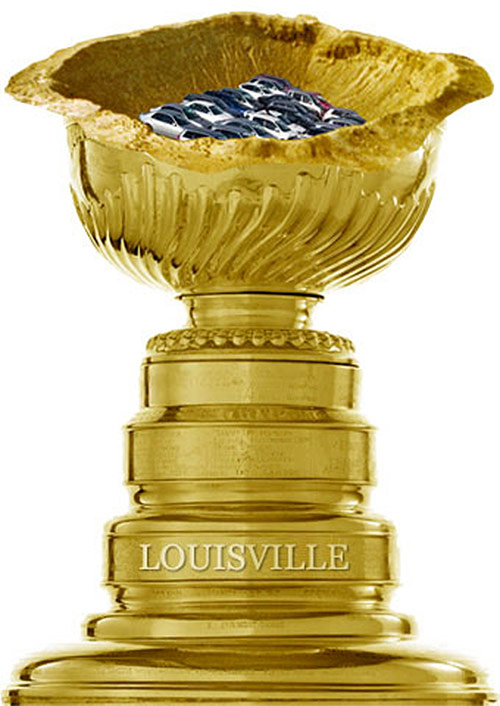
While the Parking Madness Golden Crater puts a high-profile label on a problem we all know Louisville continues to struggle with—surface-level parking lots—it can also help to focus attention to bring positive change to the area.
For too many years, we’ve been pointed to the problem with our parking lots, but we have done nothing substantive. And also for too long, we’ve ignored SoBro, the forgotten area between Downtown and Old Louisville that could provide a critical link to both neighborhoods and create a dense neighborhood that benefits both.
“I hope Louisville will take this opportunity to examine what kind of forces helped produce this crater—whether it was tax policies, or transportation policies, or some combination of factors,” Streetsblog’s Angie Schmitt, who oversaw the competition, told Broken Sidewalk. “But also realize that it’s possible to change.”
Schmitt pointed to Denver as a case study in how to turn a parking crater around. This photo of downtown Denver in the 1970s actually inspired the Parking Madness competition, Schmitt wrote in her 2013 article on how that city turned its rampant parking problem around. “Denver, in the 1990s, eliminated surface parking as a land use by right,” Schmitt said. “Now the area is unrecognizable and bustling.”
“That doesn’t mean changing policies in Louisville would necessarily have quite the same effect,” Schmitt cautioned. “But the community should stop to consider the impact places like this have on the tax base, on social equity, the environment and civic pride.”
We certainly hope this distinction does just that—get the community talking and hopefully spur real change. SoBro and Downtown Louisville deserve it. While the western edge of SoBro won the competition, the larger neighborhood already has a lot of energy going for it that we could build off of for a larger transformation.
SoBro is home to the Main Branch of the Louisville Free Public Library, Memorial Auditorium, Spalding University, the Kentucky College of Art & Design, the newly renovated 800 Tower City Apartments, and a smattering of historic buildings. And just recently, architecture firm Luckett & Farley announced that it would invest in neighboring properties along Third Street. These are great assets, but it’s not yet enough.
One of the area’s greatest obstacles to redevelopment are the parking lots themselves. We’ve torn down so much of the historic fabric of the neighborhood that there’s little left to easily renovate. Rehabbing old buildings makes for easy incremental change to jumpstart neighborhood transformation. And while there’s still a lot of historic structures left in the area to do just that, we’re going to need to think creatively about building reuse to get the most for SoBro.
Where the slate has been wiped clean, there’s a need for major new investment in the neighborhood. And that requires the right vision and large, well-funded players to build back a neighborhood from scratch. In the meantime, we can take a cue from Tactical Urbanism and initiatives like Resurfaces to bring interim uses to the neighborhood.
This year marks the second appearance of Louisville in Streetsblog’s Parking Madness bracket. In 2013, Louisville beat San Diego in the first round before losing to Houston in the second. That year, the parking crater in question was a linear strip of parking lots stretching along Second Street from Liberty Street south to Broadway. One block in that crater is currently under construction as the sprawling Omni Hotel Louisville, but the rest of the parking lots remain.
Schmitt said that support from Broken Sidewalk readers helped push Louisville over the top in the polls. “In a way that’s good: there’s a community of people that care about this place, even though it’s really not that lovable right now,” she said. “I hope the competition will spark a local conversation about this. Ultimately we’re rooting for Louisville.”
Disclosure: Broken Sidewalk is part of the Streetsblog Network and a founding member of Streetsblog Southeast.

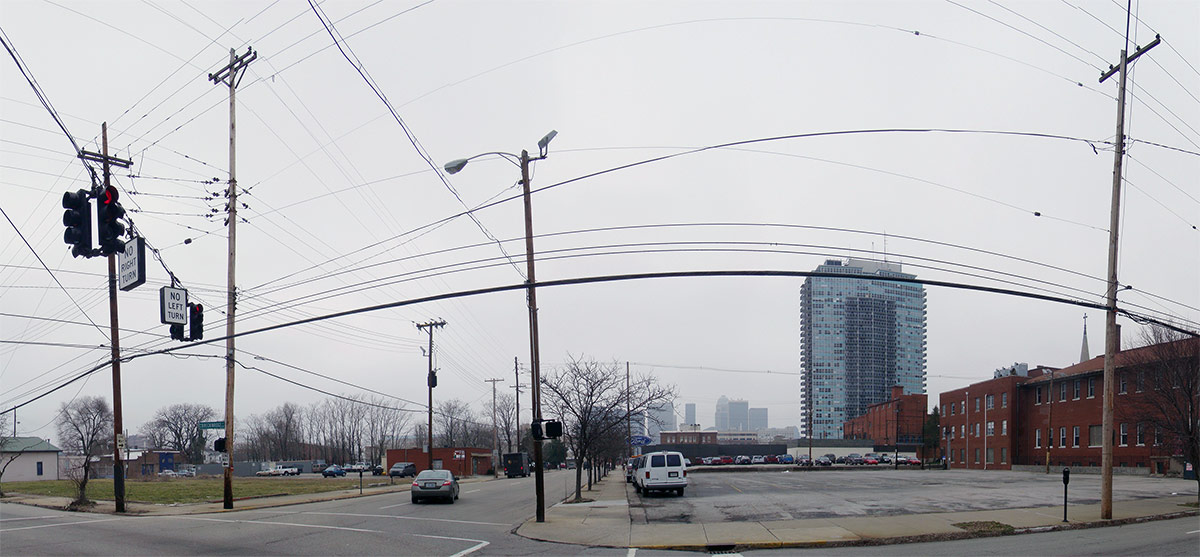
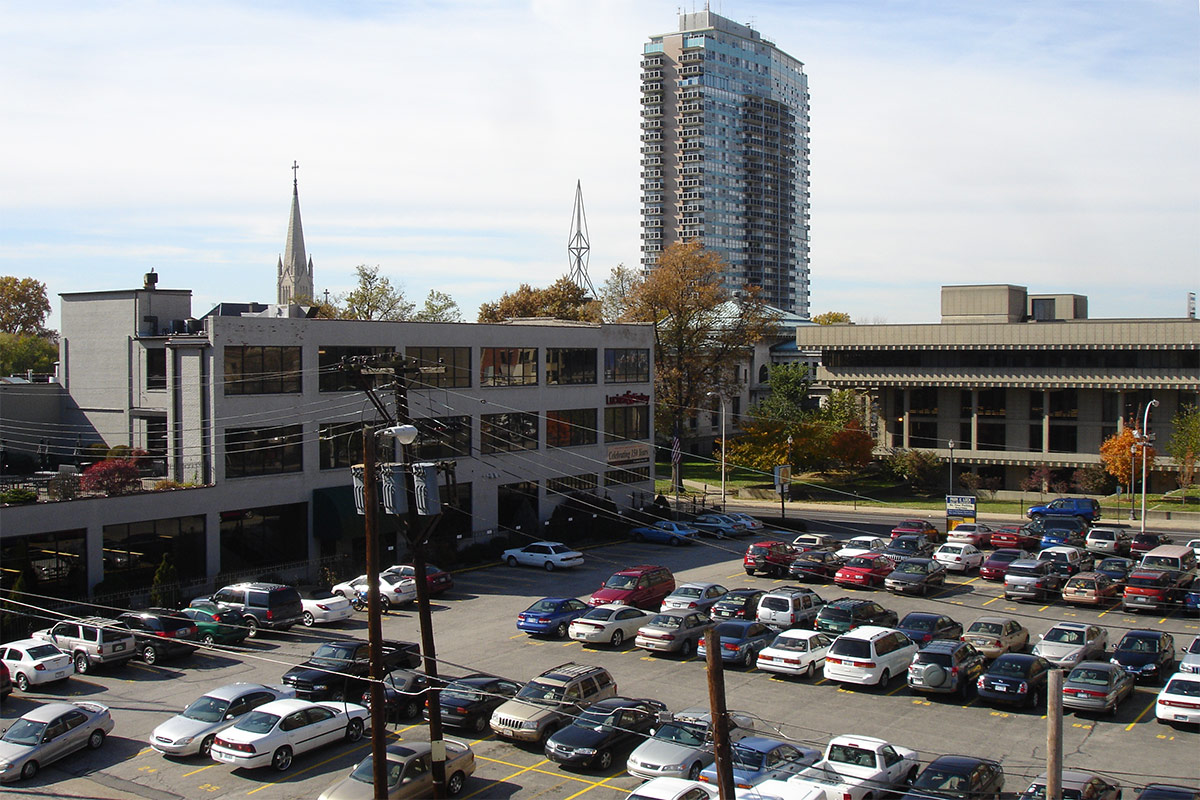
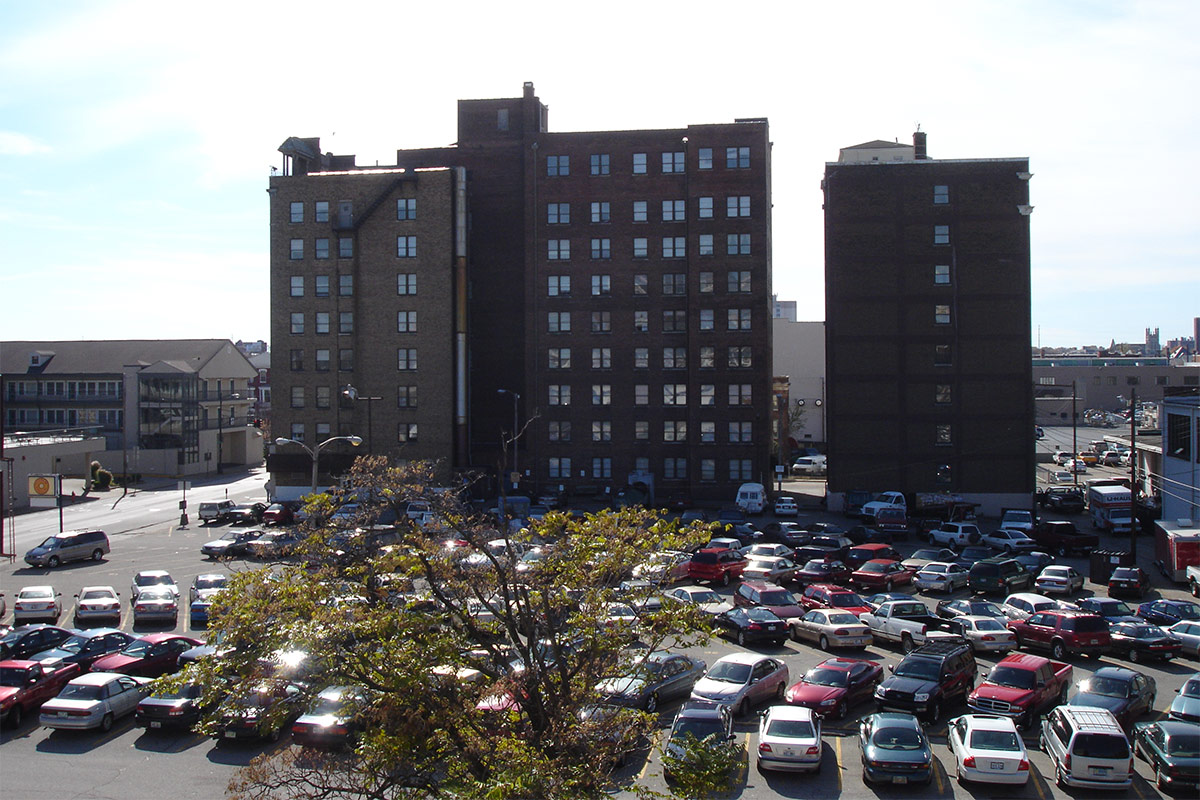
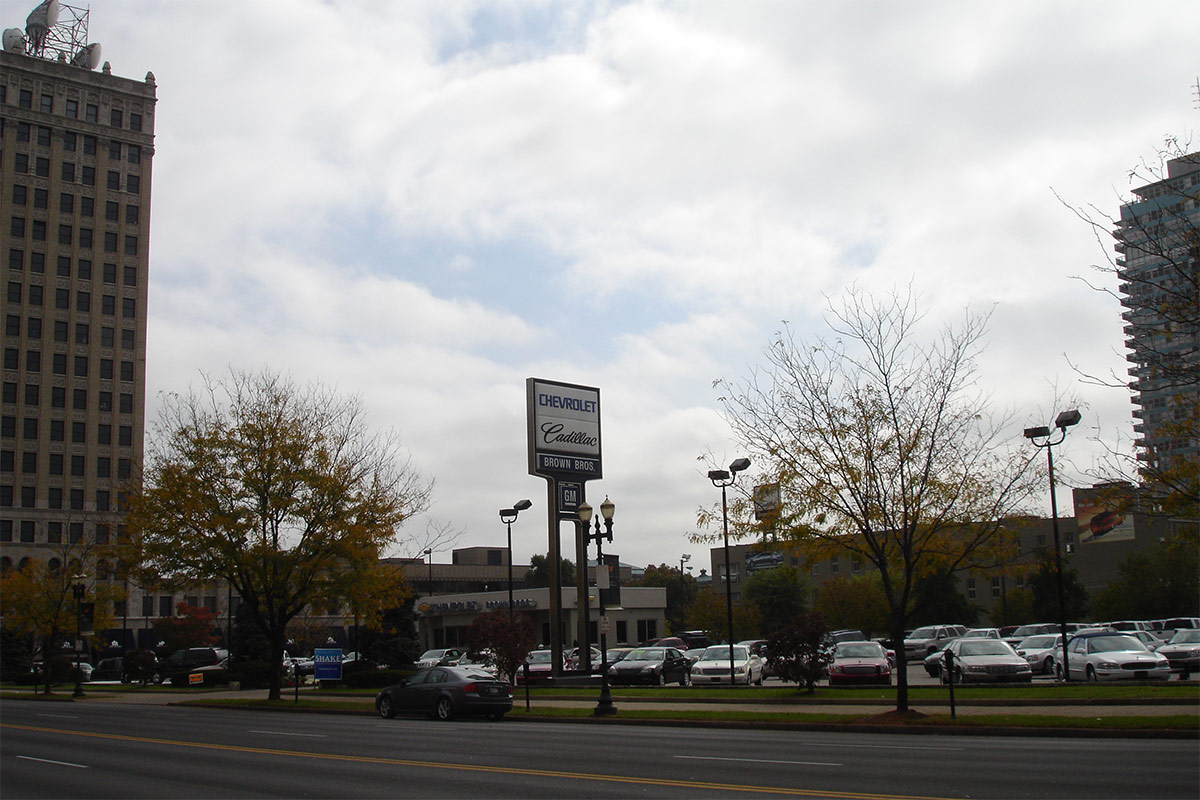
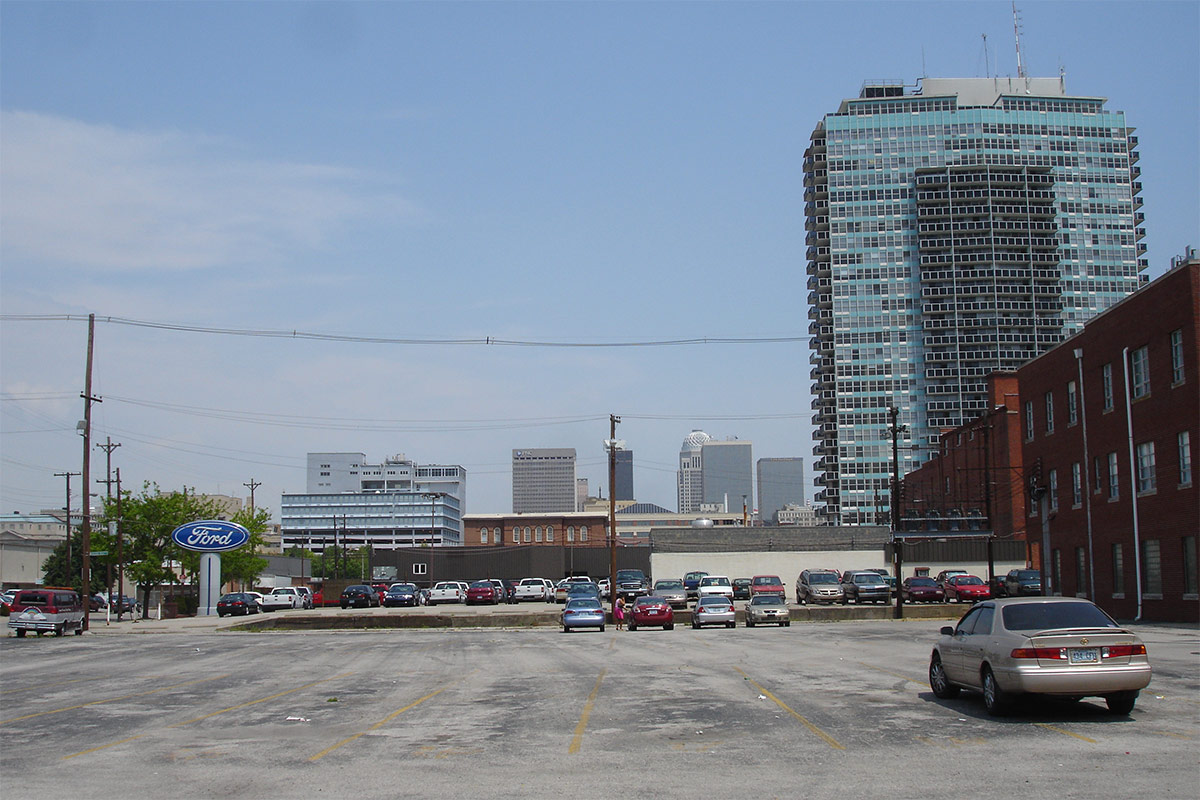
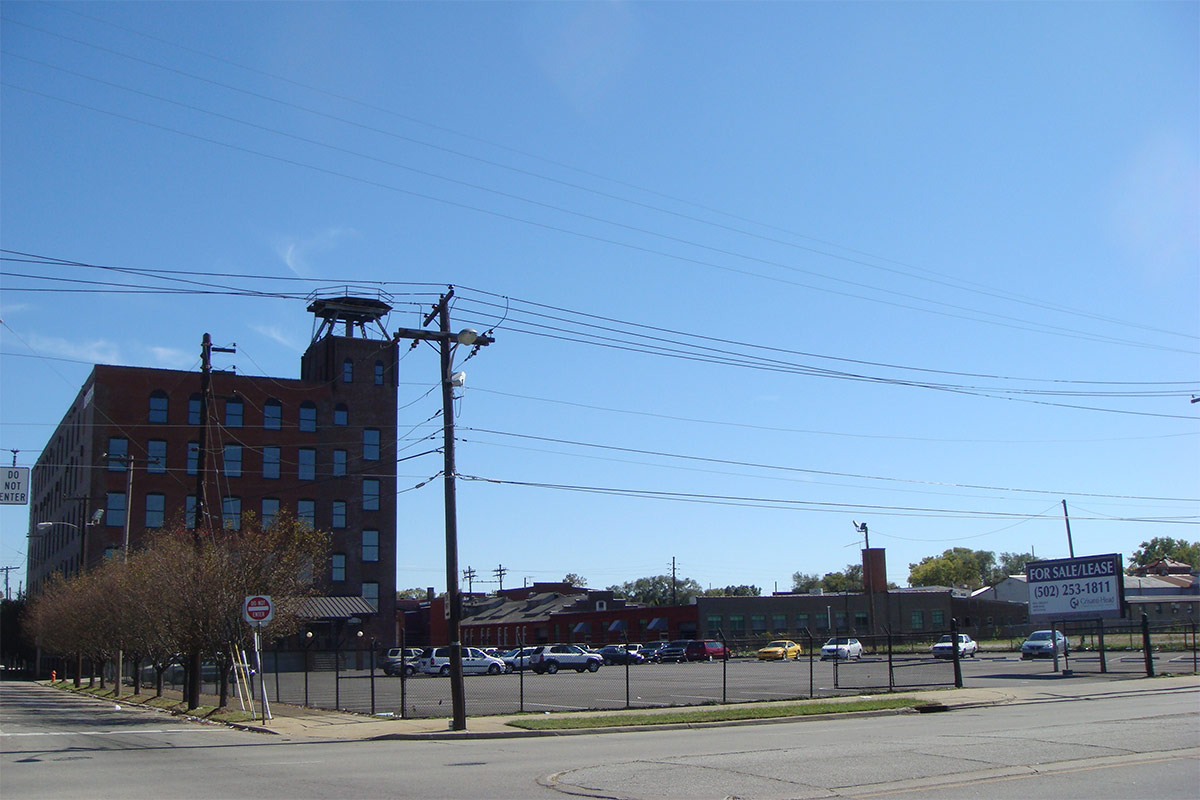
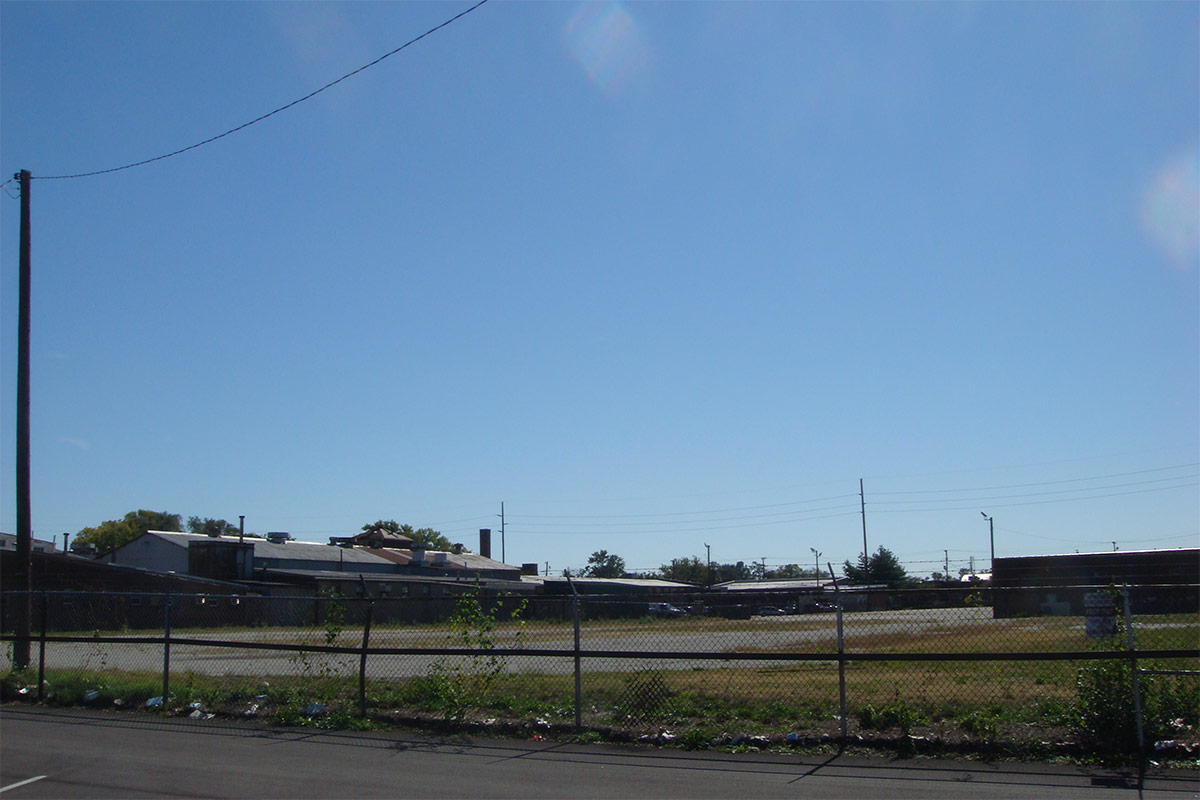
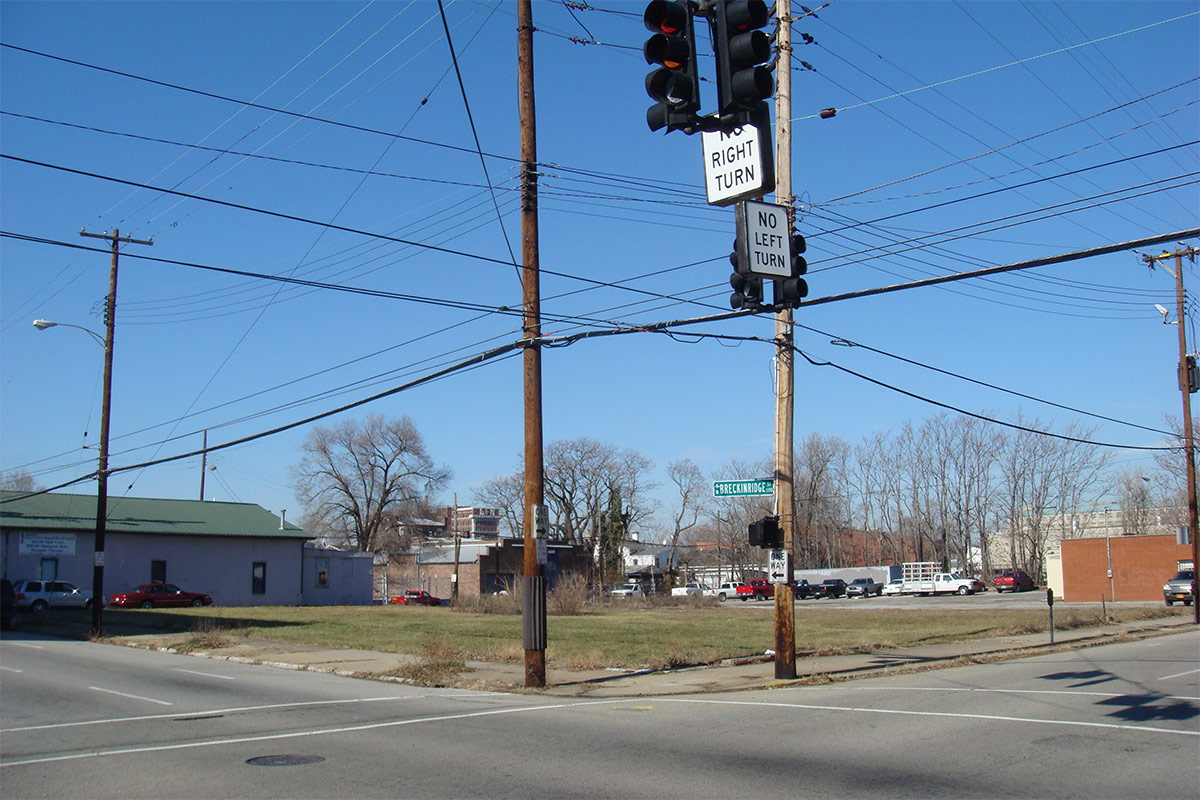
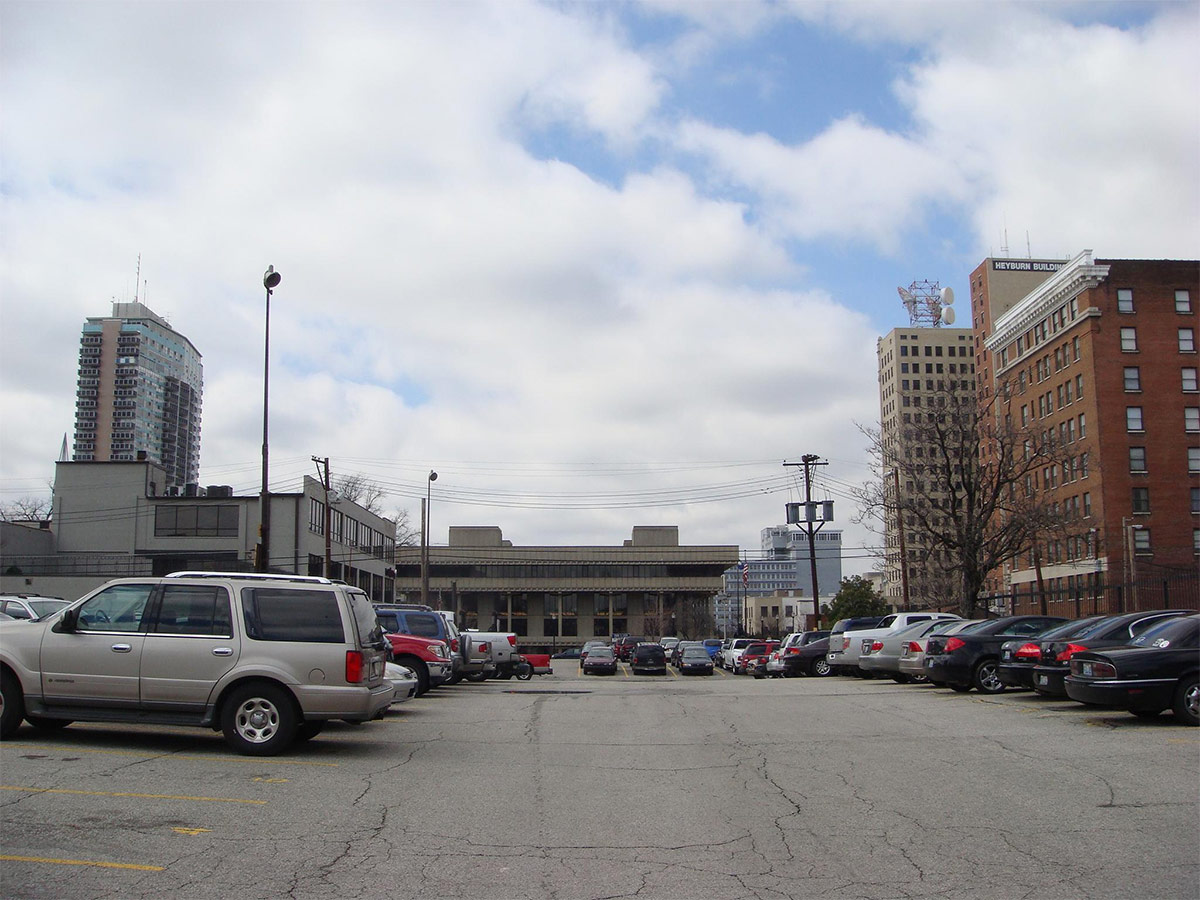


I understand things like the heat island effect and the inefficiency of surface level lots, but what exactly can we do about them in real time? The lack of infill and density is more an issue of a lack of investment in the city. We are seeing an ever increasing growth of density downtown right now and i think that with some patience we will see more surface level lots be purchased and redeveloped into better options for the community. This poll and subsequent negative attention towards the city of Louisville for something that really cannot be fixed in the immediate future seems rather pointless to me.
Josh, exactly what I was thinking. The only way to fix this issue is for developers to come in a want to invest in the city and build in downtown. Doesn’t happen very often. The companies who operate the lots aren’t just going to hand over their property for the sake of prosperity. Get real.
I’ve lived on the SoBro/OldLou border for 10 years now, and the worst is the former car lots, south of Kroger. You won’t see these properties listed on the city’s vacant listings. My hope is that parks/playgrounds will be installed in these lots, and for 2nd and 3rd streets to be narrowed to one lane of traffic.
I spent this last weekend in Nashville and I was once again amazed at what has happened there since they identified a similar issue and then redeveloped an area they now call the Gulch. I lived in Nashville about 6 years ago and I visit there at least 4-5 times a year, I hadn’t been in town since October of last year and even in that small amount of time another 6 high rise buildings are currently under construction, with numerous more planned. I have watched Nashville grow extremely rapidly since I started going down there in the late 90’s and it’s all because they are dedicated to improving their city by identifying issues just like the one in this article and fixing those issue’s and developing their city. If Louisville’s leadership could get its head out of it’s ass and turn this area into something similar to the gulch it would be a boon for Louisville.
Neal as the article states- “Denver, in the 1990s, eliminated surface parking as a land use by right”. Louisville could do the same and maybe it’s time to start taking drastic measures in that direction. Louisville has to choose to follow the direction of cities like Nashville, Oklahoma City and Charlotte or they will become the next Dayton Ohio. Even cities like Birmingham, Omaha and Raleigh/Durham have become more attractive to young people than Louisville. “In this world you’re either growing or you’re dying so get in motion and grow.” ― Lou Holtz
I really hope the Gulch isn’t the model for development in Louisville. It’s just a series of horrifically overpriced generic apartment buildings that could literally be anywhere and caters almost exclusively to cars. Sadly that’s probably what will happen, but we should hope for better.
I think the Mayor and the City could really drive this through tax incentives and a commitment to improved transit. Neal is correct in that parking lot owners are not going to hand over their lots. However, the city can make it a little more rigorous to keep them. Require pervious paving, Tree canopies, etc to combat heat island effect. Reduce the demand for parking lots by adding more Tarc lines rather than removing them and incentivize transit usage. I was able to add pre-tax value out of my pay check to my SmartTrip card in when I lived in Washington, DC. I heard Tarc abandoned their plan to use Smart Cards on the buses because they couldn’t get it to work.. to that I say “duh!” Just about every other modern city has figured it out..and it has proved to increase ridership. Increased ridership, more routes = fewer parking lots.
So we lose our Number 1 ranking! The Worst heat Island and winner of the Worst parking Crater go hand in hand and I hope it lands like a mud pie in the mayors eye. It’s got to be embarrassing. Now, just do some good old fashioned legislating to get us out of it.
You want the government to force parking lot operators out, in favor of more buildings?
Branden,
We appreciate you getting the conversation started. Last time I mentioned you to Greg Fischer, sounded like he needs you on his team. Great location for a soccer stadium and Park and expansion for Spalding’s future.
I like always being able to park close to events/locations instead of walking a mile like other cities.
Not necessarily, I would be favor of Parking Garages, and yes: more buildings. This whole competition was to illustrate what surface parking lots do to the urban fabric. It barely mentioned what the do to the quality of life and the environment. Given that we have the worst heat island effect in the country as well, I do think it is the governments place to step in and find a way to regulate them. How bad would permeable paving be? How awful would it be to have trees in around the perimeter and between the rows adding shade to the cars on hot days?
Norman, buildings are better than parking lots.
Suzanne, I work downtown and I am down there everyday, so I would love to see something similar to the Gulch downtown, I might even rent one of those horrifically overpriced generic apartment buildings that could literally be anywhere and caters almost exclusively to cars. Or we could just have parking lots because people in Louisville would rather have the worst heat island and deadest downtown in America.